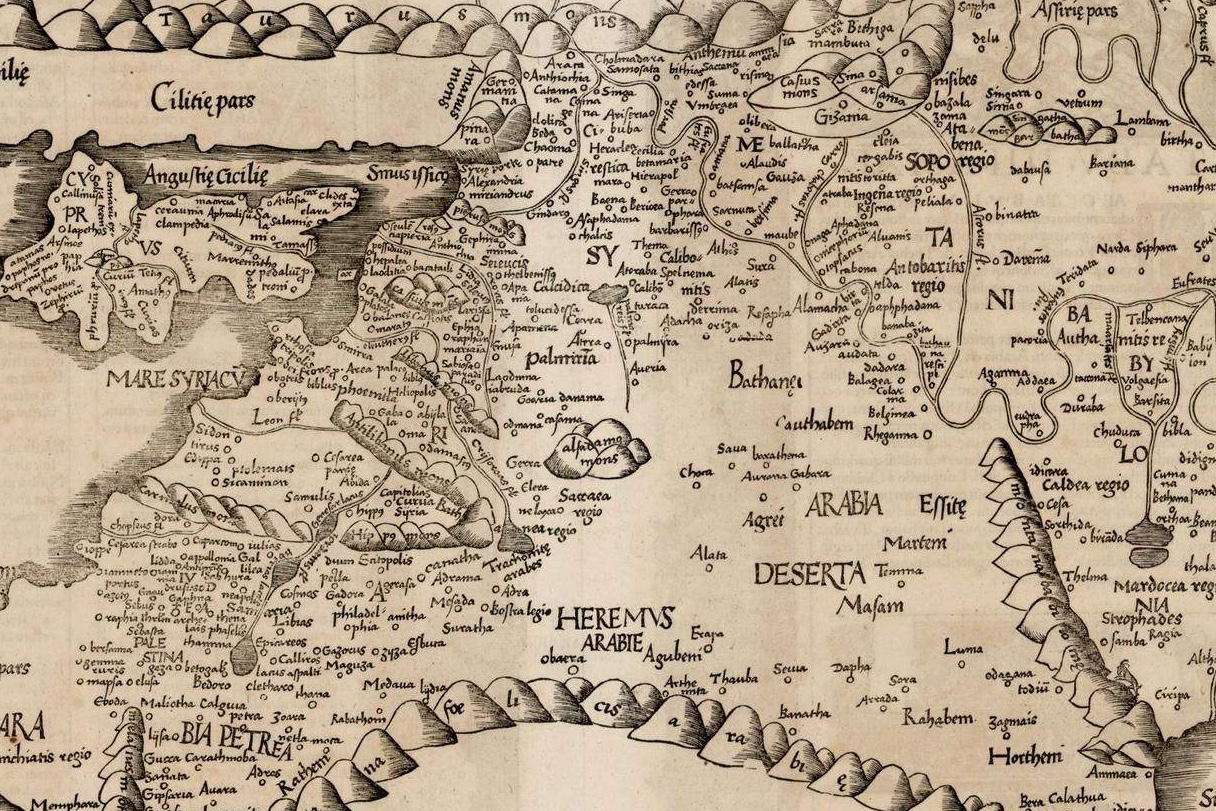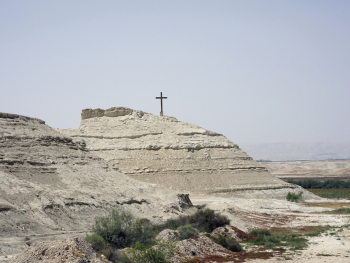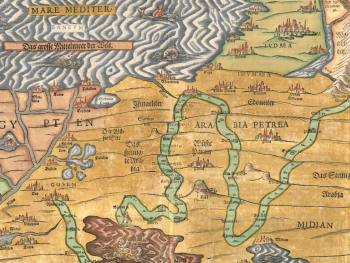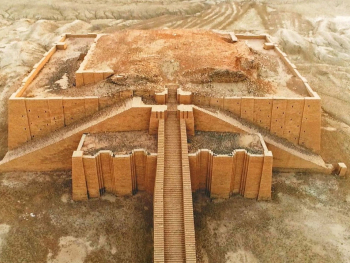The Holy Land, a region of profound religious significance for Judaism, Christianity, and Islam, continues to captivate the imagination of people around the world. Modern maps of the Holy Land depict a complex geopolitical landscape shaped by centuries of history, conflict, and cultural exchange. Yet, these maps only tell part of the story. By contrasting modern maps with ancient texts, such as the Bible and other historical sources, we can gain a deeper understanding of the enduring significance of the Holy Land and the ways in which it has evolved over time. Join us as we explore the juxtaposition of modern maps with ancient texts to uncover the layers of history and spirituality that define the Holy Land today.
- Geographical Features: Modern maps of the Holy Land highlight its diverse geographical features, from the fertile valleys of Galilee to the arid deserts of the Negev. By overlaying these modern maps with descriptions found in ancient texts, such as the Bible, we can identify familiar landmarks and terrain that have remained relatively unchanged over the centuries. This juxtaposition allows us to appreciate the timeless beauty and significance of the Holy Land's natural landscape.
- Historical Boundaries: The borders of the Holy Land have shifted throughout history, reflecting the ebb and flow of empires, kingdoms, and civilizations. Modern maps delineate political boundaries between nations such as Israel, Palestine, and Jordan, but these borders often differ from those described in ancient texts. By comparing ancient maps and texts with modern geopolitical boundaries, we can trace the historical context of territorial claims and understand the complexities of the region's contested history.
- Sacred Sites: The Holy Land is home to numerous sacred sites revered by believers of various faith traditions. Modern maps pinpoint these sites, from the Western Wall in Jerusalem to the Church of the Nativity in Bethlehem. By referencing ancient texts and historical accounts, we can uncover the origins and significance of these sacred sites and their enduring importance in religious pilgrimage and devotion. Contrasting modern maps with ancient texts allows us to trace the continuity of spiritual heritage in the Holy Land.
- Cultural Heritage: The Holy Land is a melting pot of cultures, languages, and traditions, shaped by millennia of interaction and exchange. Modern maps reflect the diversity of the region's population, with cities like Jerusalem and Nazareth serving as cultural crossroads. By examining ancient texts alongside modern maps, we can trace the historical roots of cultural identities and traditions in the Holy Land, from ancient Israelite customs to the influence of Byzantine and Islamic civilizations.
Contrasting modern maps with ancient texts offers a multifaceted perspective on the Holy Land, revealing the interplay between geography, history, and spirituality. By juxtaposing the present with the past, we can appreciate the continuity and change that define this sacred region. As we navigate the Holy Land today, we are reminded of its enduring significance as a symbol of faith, heritage, and shared humanity.






